
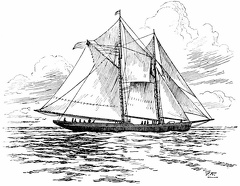 A Gloucester Fisherman
A Gloucester Fisherman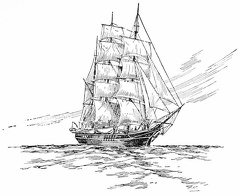 A Whaling Bark
A Whaling Bark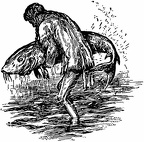 It was a great fish, a sturgeon
It was a great fish, a sturgeon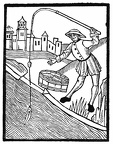 Angler
Angler fysshynge
fysshynge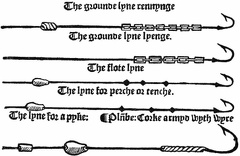 fysshynge
fysshynge fysshynge
fysshynge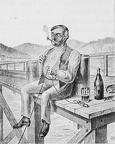 A Gumdigger's Holiday
A Gumdigger's Holiday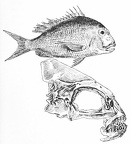 Sketch of Schnapper
Sketch of Schnapper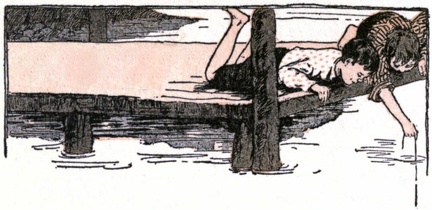 Crab Fishing
Crab Fishing The wonderful draught of fishes
The wonderful draught of fishes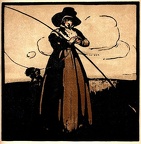 Fishing
Fishing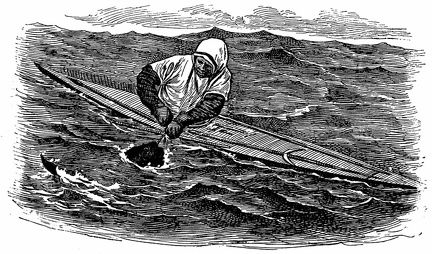 A Greenland Eskimo Fishing
A Greenland Eskimo Fishing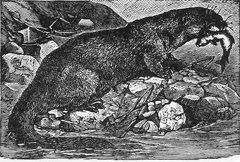 The Otter, One of Nature's Fishers
The Otter, One of Nature's Fishers An excellent device for catching minnows
An excellent device for catching minnows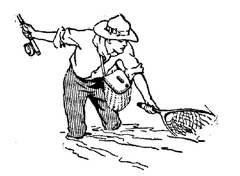 A landing net should be a part of every fisherman's outfit
A landing net should be a part of every fisherman's outfit A heavy net is useful to capture aquarium specimens
A heavy net is useful to capture aquarium specimens Fishing
Fishing An Early Representation of the Whale Fishery
An Early Representation of the Whale Fishery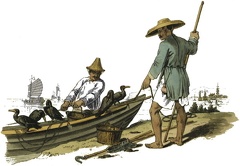 The Fishing Cormorants
The Fishing Cormorants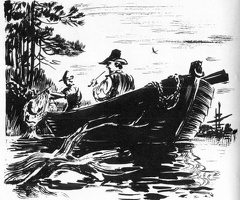 Fishing provided food as well as recreation for the colonists.
Fishing provided food as well as recreation for the colonists.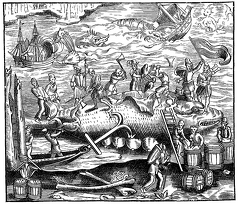 Whale Fishing
Whale Fishing



